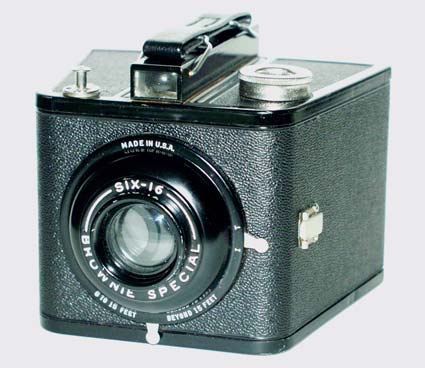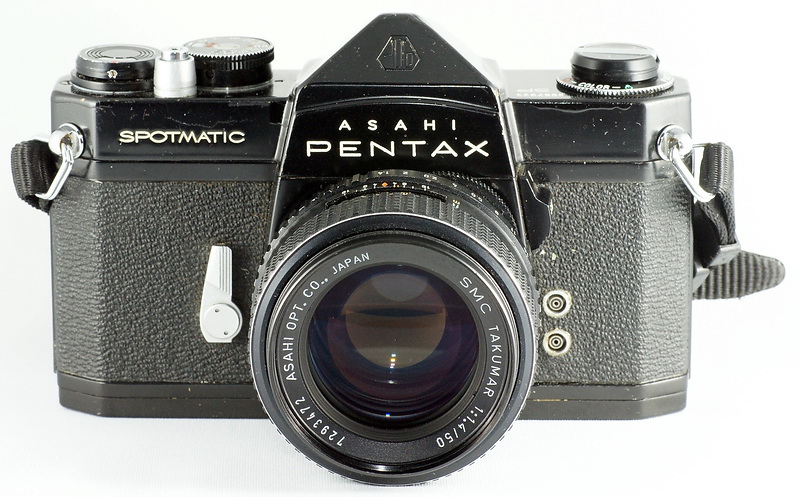Photography
Related: About this forumFYI a good tutorial on Black and White photography.
I like his views on seing in black and white, and eliminating color if it doesn't advance the story you want to tell. When you convert to black and white, check to see if you can apply colored "Filters" during conversion. In my Hartland Park images I used the orange filter to give the tones I wanted. A red filter is real good for skies, and a yellow filter is good for for a lot of things including skin tones.
http://www.canonrumors.com/tech-articles/learning-to-see-in-black-and-white/
The author's blog.
http://johnbatdorff.com/blog/
Major Nikon
(36,827 posts)One of my favorite tricks is to adjust the levels of the different color channels independently. Darkening the blue channel will generally darken skies while leaving the rest of the image alone.
Silver Efex is an awesome plugin for B&W. Among other things it allows you to adjust tone levels in specific areas which affect texture.
My basic rule is that if the color itself doesn't tell me anything about the story the picture is trying to tell, it's better off as B&W.
alfredo
(60,074 posts)I've used the channel mixer some, but the conversion plugins give me plenty of options. There's even one that emulates various film types.
Major Nikon
(36,827 posts)DXO has an extensive library of B&W film types as well as color. I rarely use this effect as it just isn't my thing.
Right now I am having a blast with my Infrared camera in New Orleans.
alfredo
(60,074 posts)have the right software, or can get the right software to make needed adjustments.
Major Nikon
(36,827 posts)I haven't been able to white balance with photoshop or lightroom. DXO works. After you get a proper white balance it's just a matter of swapping the red and blue channels and tweaking from there.
alfredo
(60,074 posts)Major Nikon
(36,827 posts)In fact, as good as many of the free products are I'd be surprised if there weren't. The only reason some products like photoshop and lightroom can't is because they don't have the range necessary to assign that degree of a color shift.
Getting color out of IR images is really not necessary anyway. The reason why some of us do it is because we elect to use filters which allow some of the visible light spectrum through so we can produce false color images. A true IR image is monochromatic.
alfredo
(60,074 posts)Major Nikon
(36,827 posts)The most common type goes on the lens. This presents a few disadvantages. You can't focus with the filter on, because visible light is blocked. This means composing and focusing with the filter off, then placing the filter on when you're ready to take the picture, but since the focus point of IR is different than visible light, you're pretty much guessing at the focus point unless your lens has the IR focus point marked (most don't). With a digital camera, exposure times become extremely long because most digital cameras have an IR blocking filter on the sensor itself. Various cameras have different sensitivities to IR, so this is more or less a problem depending on what camera you have. You also have the problem of needing either different size filters or step down rings for lenses that take different filter sizes. The big advantage to this method is you can take the filter off the lens, and the camera is perfectly useable for regular photography. I tried this method for a while, but never used it more than a few times. The disadvantages were just too big for me.
The other method converts the camera by removing the IR blocking filter on the lens, and replacing it with an IR pass filter. The disadvantage is it isn't practical to switch back to regular photography, but you get normal exposure times, you don't have to mess with lens filters, and if your camera has a live view mode, you can focus normally and don't have to guess at the IR offset.
alfredo
(60,074 posts)Stevenmarc
(4,483 posts)Is probably the most import skill one can learn if you want to shoot a lot of B&W. If you were fortunate enough to have shot a lot of film then you probably have developed an eye for it but if you've entered into the game in the digital age then it's going to take a real conscious effort to learn.
If you have a camera that has a Raw+Jpg setting you have a great tool for developing your eye, let's face it everybody chimps shots, so set your Jpgs to B&W that way you have a reasonable preview of what you shot then you can process the Raw files, they retain all the color information if your final shot doesn't require conversion, it's a win win. After you finish your workflow you can ditch the Jpgs.
Another tutorial site that touches on B&W techniques:
http://photo.tutsplus.com/tutorials/post-processing/7-black-and-white-photoshop-conversion-techniques/
Also Vincent Versace has a book coming out that will cover those techniques in that tutorial in a lot more depth:
From Oz to Kansas: Almost Every Black and White Conversion Technique Known to Man
I've taken this class with him so I'm looking forward to the book.
alfredo
(60,074 posts)So seeing in black and white is a bit easier for me. I loved my Brownie Six -16
 ?w=630
?w=630
Major Nikon
(36,827 posts)alfredo
(60,074 posts)Stevenmarc
(4,483 posts)Was a Minolta SRT-101, I got it when I was 13 and still shoot with it 40 years later.

My issue is is that I see a lot of B&W images on various sites that just make me want to ask the shooter what did B&W add to the image especially when it's obvious that color is important to the subject, Albert Kahn figured that out back in 1909.
alfredo
(60,074 posts)it felt better in my hands than the Minolta or Nikon.
I wish I still had that lens.

I also had a Yashica D.
